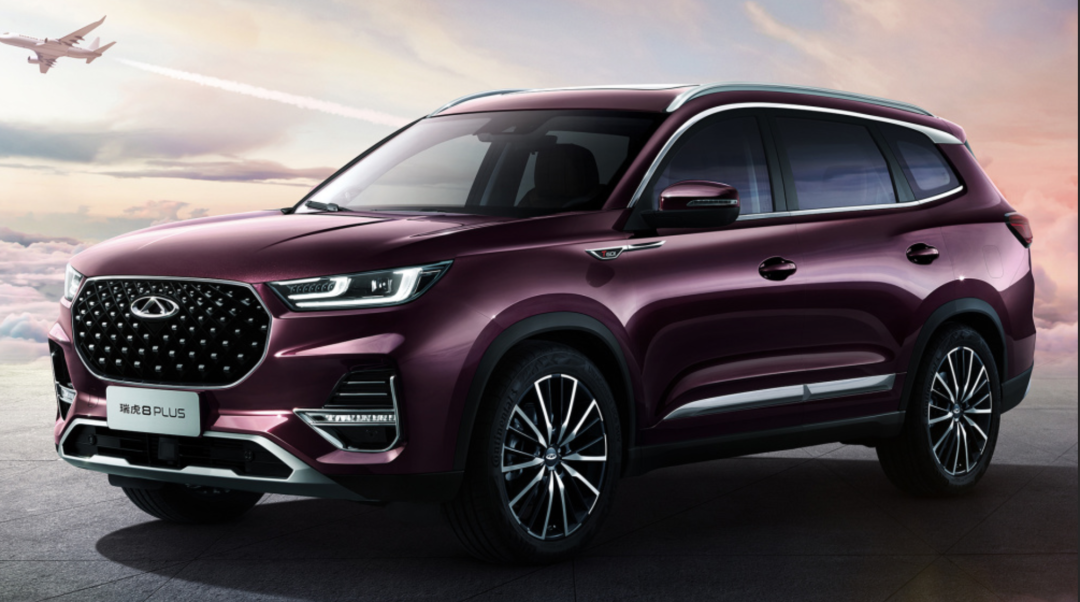Translated English Markdown Text:
This article is reproduced from the autocarweekly official account
Author: Luoji
Leaving aside models empowered by hybrid technology, what is the most fuel-efficient brand within the pure gasoline category in your impression?
The answer might not be consistent, but the popular shortlist should not go beyond Toyota, Honda, Nissan, Volkswagen, and Mazda. And if you have driven many cars or consulted the data of “Bear’s fuel consumption” occasionally like me, you will realize that in most cases, joint venture brands are easier on fuel than domestic brands at the same level.
Of course, there are exceptions.
Based on my experiences of tracking “Bear’s fuel consumption” data over several years, taking into account a series of main factors influencing fuel consumption, there is only one Chinese domestic brand – Chery, whose fuel consumption performance can achieve or even surpass the joint venture brands in a comparable performance and level of vehicle.
To avoid stirring discontent from its friendly competitors, we make a simple comparison in an undesignated way:

The Tiggo 8 PLUS is a midsize SUV with a 2710mm wheelbase that might not stand out among other medium-sized SUVs. However, its length over 4.7 meters still gives it the confidence to stand out in the midsize class. At least, compared with popular domestic compact SUVs on the market, its volume certainly has an advantage.
Among comparable models, we selected three popular domestic compact SUVs that are generally smaller but have similar curb weight to the Tiggo 8 PLUS. Finally, the fuel consumption comparison shows that the model closest to the Tiggo 8 PLUS in performance has 28 horsepower less, and the model closest in power has nearly 1L/100km higher fuel consumption than the Tiggo 8 PLUS.
Chery might have an advantage among domestic brands, but what about joint venture brands?

Comparing the competitors, we still selected the most popular models currently, and two Asian compact SUVs achieved fuel consumption of less than 8 L/100km on average, and their power is also not weak, reaching an outstanding level of the traditional gasoline-fueled market.
At this point, looking again at the fuel consumption results of the Tiggo 8 PLUS, it can only be said to be comparable with a certain German SUV, but the latter has larger displacement and higher curb weight, so Chery can only be said to come close to the first-class level of the joint venture, and on the whole, it still slightly falls behind.
 Don’t worry, in March of this year, Chery’s high-end model, the Chery Tiggo 8 Pro, was launched with the currently touted strongest engine from Chery—the 2.0T direct injection model. That’s right, this car achieves what I mentioned earlier about “surpassing joint ventures.”
Don’t worry, in March of this year, Chery’s high-end model, the Chery Tiggo 8 Pro, was launched with the currently touted strongest engine from Chery—the 2.0T direct injection model. That’s right, this car achieves what I mentioned earlier about “surpassing joint ventures.”

The Tiggo 8 Pro is positioned as a mid-size SUV with a wheelbase of 2900 mm and a length of just 3 cm less than 5 meters. Leaving aside size and level, the curb weight, which is more closely related to fuel consumption, is still chosen from three SUVs with curb weight similar to the Tiggo 8 Pro.
The Tiggo 8 Pro is still the lowest fuel-consuming model, and is the only model in the table to achieve comprehensive fuel consumption of less than 10 L/100 km. The C-class self-owned SUV closest to the Tiggo 8 Pro is similarly powered, but its fuel consumption is still 1.1 L higher per 100 km.
In the joint venture camp, whether the three models have higher or lower power than the Tiggo 8 Pro, their comprehensive fuel consumption performance is all over 10 L/100 km. Even a certain Japanese brand, known for its fuel efficiency, still has fuel consumption over 1 L higher per 100 km than the Tiggo 8 Pro without hybrid technology.
Seeing this result, you may feel surprised, even doubting the reliability of the data, because in a certain field, especially in absolute core areas such as engines, if a domestic brand can truly equal, or even surpass, the first-class level of joint ventures, it is definitely worth promoting. However, we rarely hear such propaganda, and this is very unusual.
Yes, in the current era, companies like Chery are indeed atypical.
And up until this point, the article has already exceeded 1,000 words, but we haven’t touched on today’s topic—the engine technology salon held by Chery in its Wuhu base. The reason why I spent so much time on fuel consumption comparison is because I know that everyone is not very interested in technology, especially traditional automaker engine technology.
If you absolutely must see some hardcore technical sharing, what most people are interested in is either how safe BYD’s blade battery really is, how advanced Huawei’s autonomous driving technology is, or whether Nio’s battery swap station can really overturn the industry. Chery? A traditional domestic automaker with average sales and no controversy usually, sharing their engine technology with us? It seems like it lacks attention no matter how you look at it.
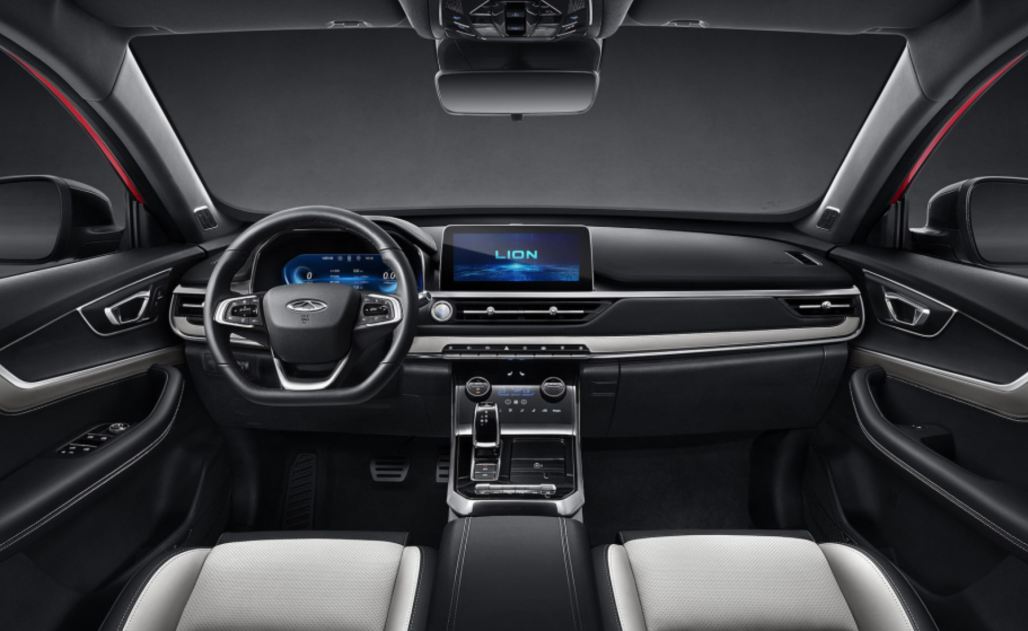
However, because I’ve known about Chery’s fuel consumption performance for a long time, I was really curious when I received the invitation.## Chery’s Achievements in Engine Field
To sum up Chery’s achievements in the engine field, it is the first domestic brand to truly focus on independent research and development of engines, and continues to do so to this day. It was also the first Chinese brand to use self-developed and produced engines, and to offer a million-kilometer quality guarantee for engines.
However, for a long time, Chery’s self-developed engines did not perform significantly better in terms of performance compared to models derived from reverse engineering by its counterparts. Therefore, apart from senior car enthusiasts or experienced drivers who truly understand the technology, ordinary consumers could not feel any obvious advantages of Chery’s engines.
In fact, before the Star Jet L3 launched in March this year, there was no model with a 2.0T engine in Chery’s product lineup. However, brands such as Geely, Changan, SAIC, GAC, BYD, and many others, had already introduced 2.0T engines several years ago.
This situation applies to any industry involving core technology. For example, Huawei’s high-end chips went through a similar process, gradually catching up to the top-level performance from their early stages of lagging behind the competitors. Chery, with the deepest experience in independent research and development, has been silently accumulating and catching up in the market for many years.
The turning point from quantitative to qualitative change, should be Chery’s 1.6T engine which entered the market for the first time in May 2019, in Chery Tiggo 8 facelift. This was Chery’s first direct-injection turbocharged engine, which was a few years behind the main competitors, but with its release, its 197 horsepower outperformed other models with similar displacement on the market.
And many people do not know that this engine compares favorably with joint venture 2.0T engines in terms of fuel consumption performance for the first time. After the launch of the Star Jet L3 earlier this year, Chery’s 2.0T engine surpassed joint ventures in terms of power and comprehensive fuel consumption performance for the first time.
Despite achieving so much, these accomplishments were not easily conveyed to the public, and many even doubted Chery’s technological prowess. This is similar to “dumb male students” who do well in their studies but do not know how to show themselves to their crushes, just like the “nerd” we usually make fun of.
At this tech salon, Chery positioned itself as a “nerdy” brand.Although I did some homework in advance, the density of information in this event, which lasted less than half a day, still exceeded my ability to digest. In Chery’s technology core factory, we were first arranged to visit the powertrain laboratory, where Chery displayed every generation of powertrain developed in its history.
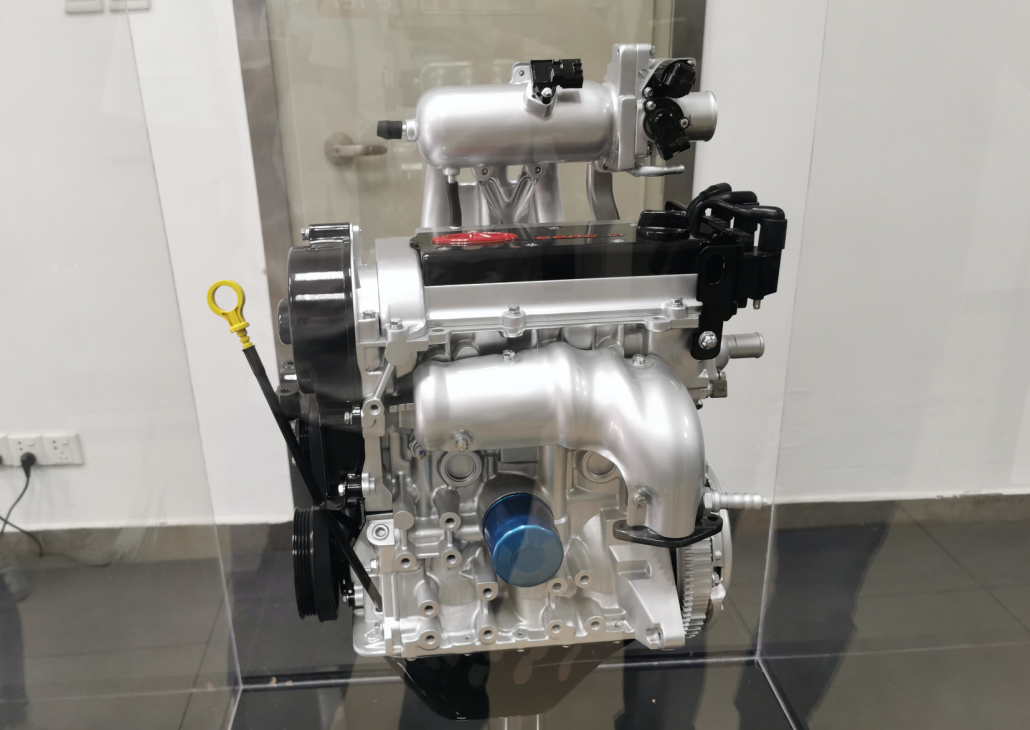
The first generation of inline three-cylinder engine carried on Chery QQ was equipped with dual overhead camshafts and an aluminum alloy cylinder head. It has been matched with over 1.2 million vehicles and exported more than 300,000 units overseas.
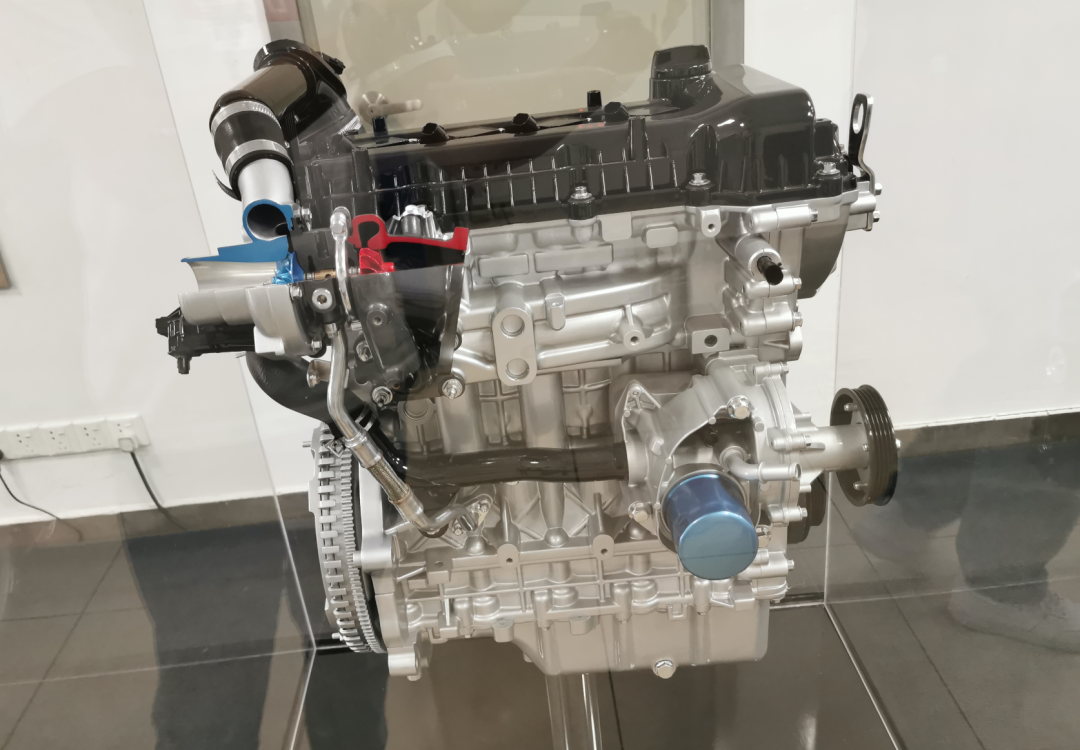
The second-generation turbocharged engine carried on Tiggo, Arrizo, and Exeed series achieved a thermal efficiency of 37.1%, reaching the highest value of Chinese brand 1.5 TCI and meeting the China VI emission standard later.
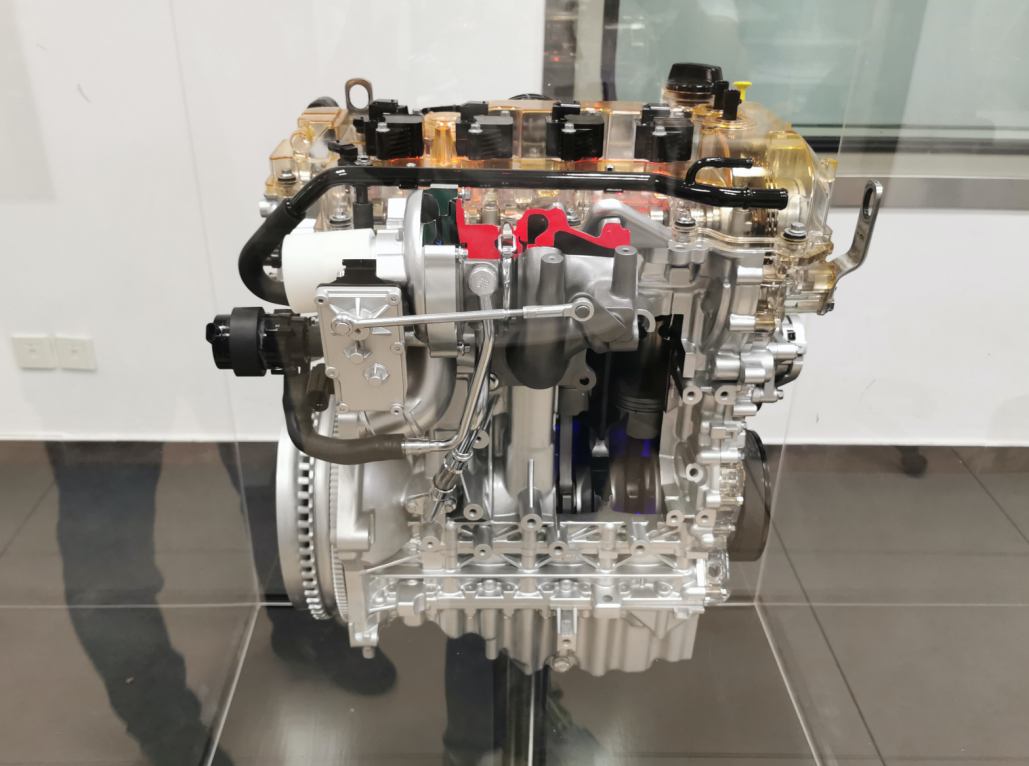
With the third-generation 1.6T engine, Chery completely got rid of its lagging performance. In addition to the cylinder direct injection, the cylinder head was equipped with integrated exhaust manifold, electronic thermostat, and variable water pump, truly reaching the world’s advanced level.
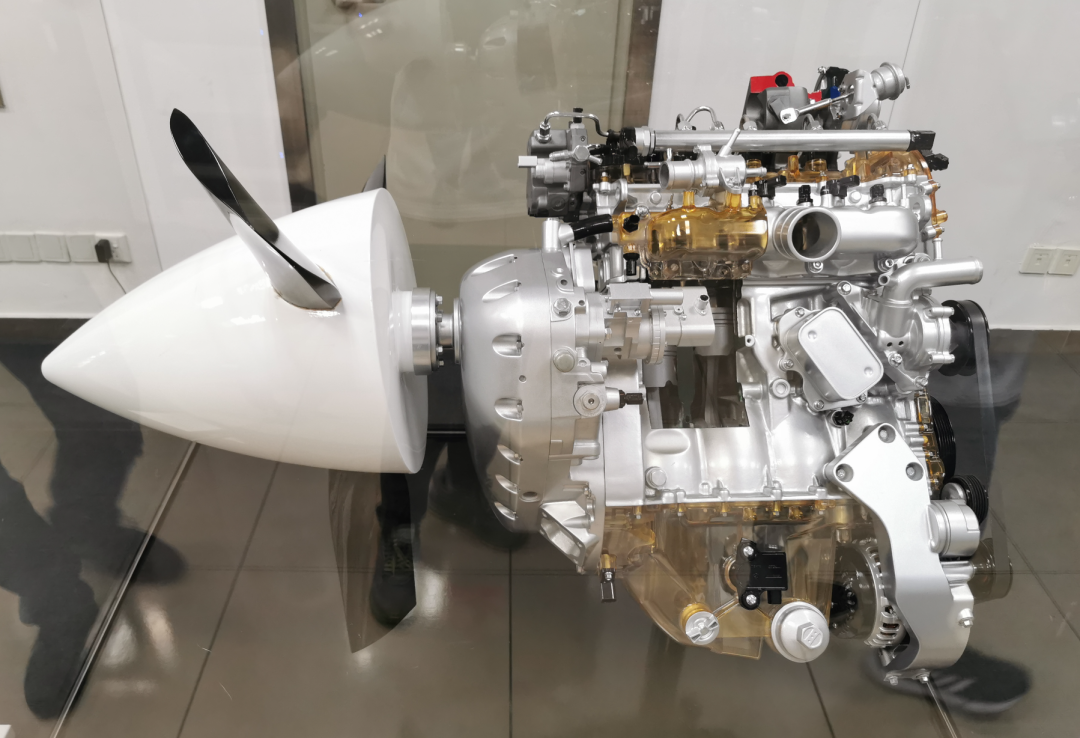
After the third-generation 1.6T engine, we unexpectedly saw an aviation engine. This touched upon my knowledge blind spot, and if it had been another brand, the achievement of making aviation engines could not have been “kept” for so many years.
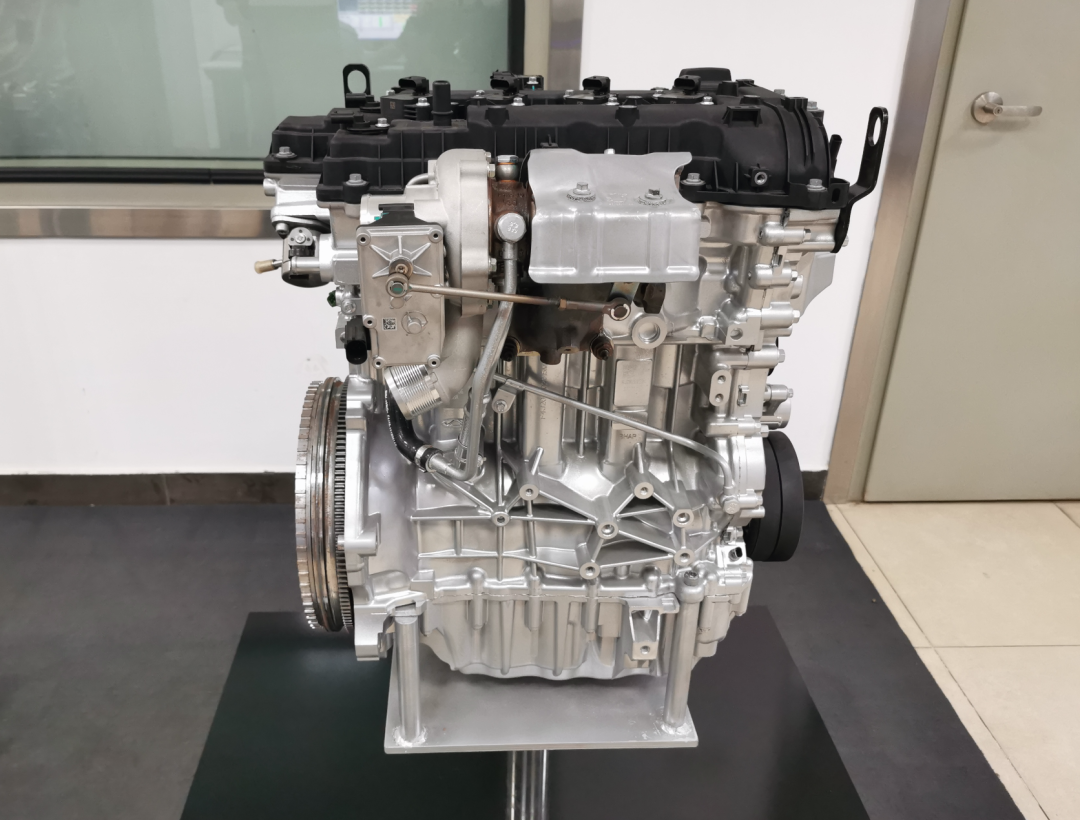
As for the 2.0T engine that truly overtakes the joint venture brands mentioned above, it has already ranked as the 3.5th generation in Chery’s product system. A series of black technologies that you may or may not have heard of, such as all-aluminum cylinder body, variable displacement oil pump, scissor-type double balance shaft, and IEM cylinder head, have been applied to this engine.
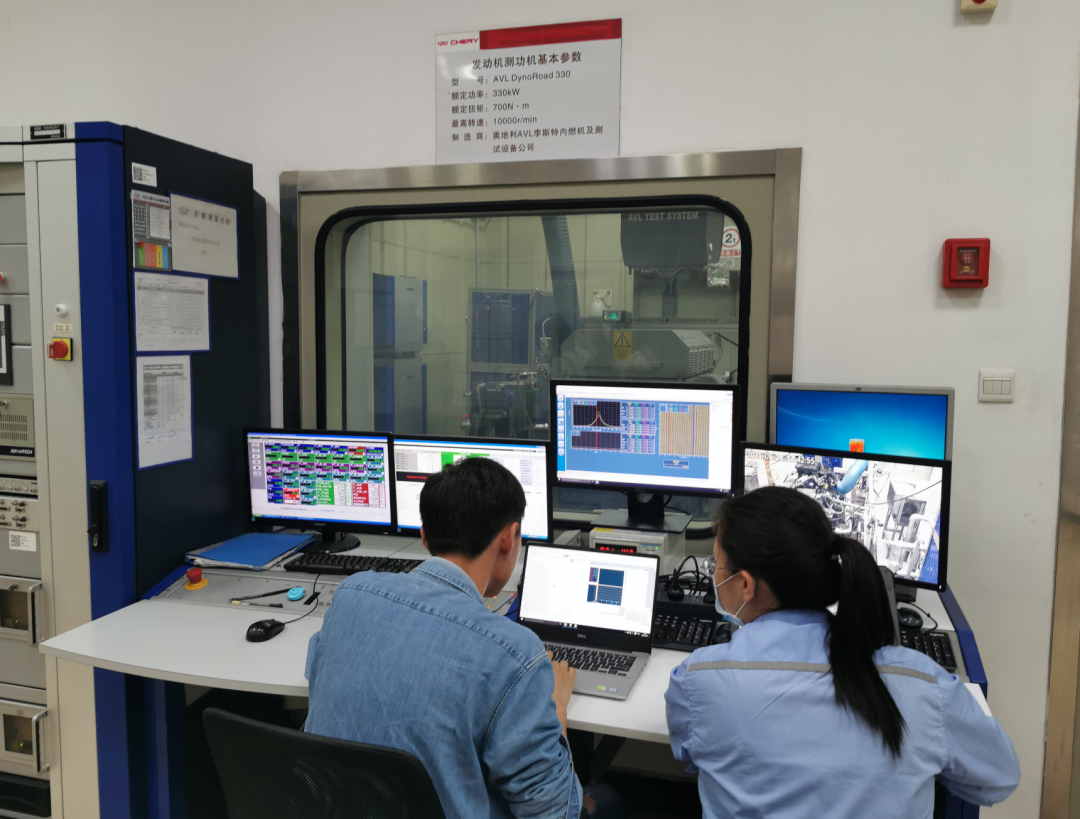
While studying Chery’s generations of engines, we were facing the engineers who were conducting tests behind us. Technical indicators and monitoring data were clear to us. Perhaps because of the reason “even if we show you, you wouldn’t understand,” we were not stopped from taking pictures.Although the main theme of the event is the engine technology salon, Chery’s attitude is clearly “since you’re here, you might as well take a look at our other projects”. Therefore, we saw Chery’s Wisdom Traffic Sandbox, which studies automatic driving and vehicle networking technology:

Demonstration of Intelligent Driving Platform:
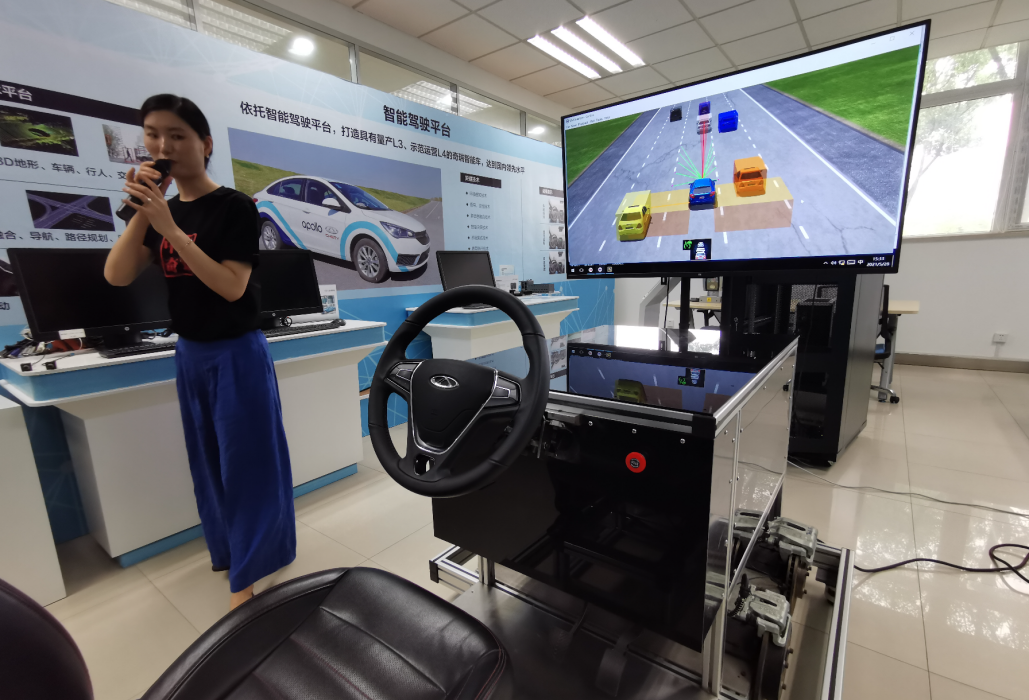
The wireless charging technology for cars, which has been heard of for a long time but never seen:
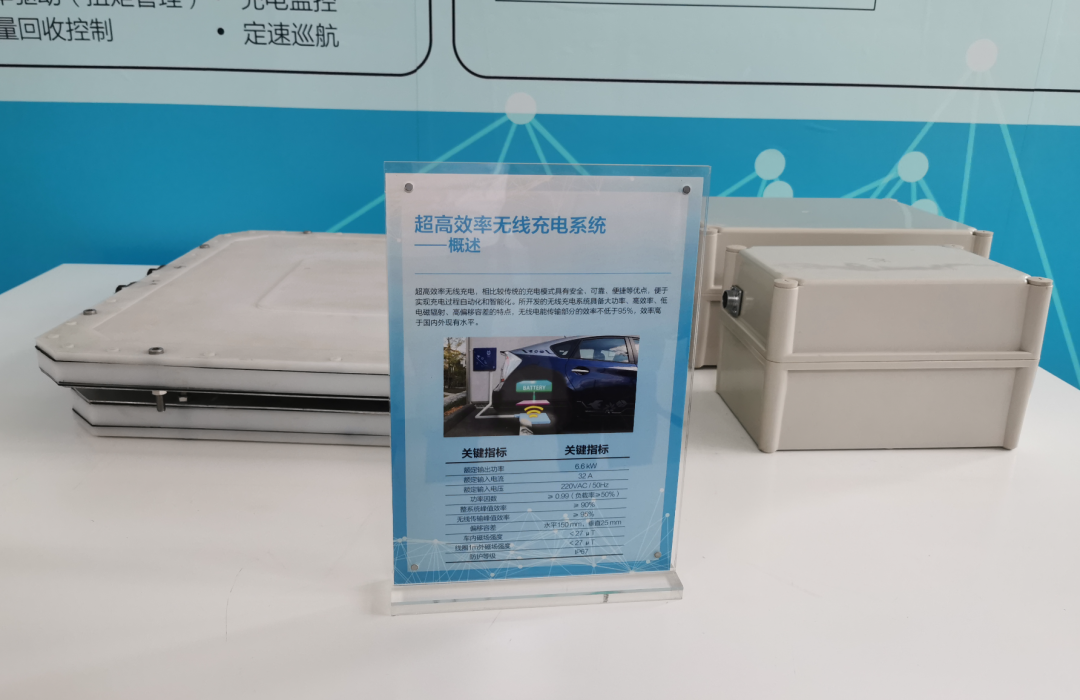
The key technology for automatic driving, the lidar chip:
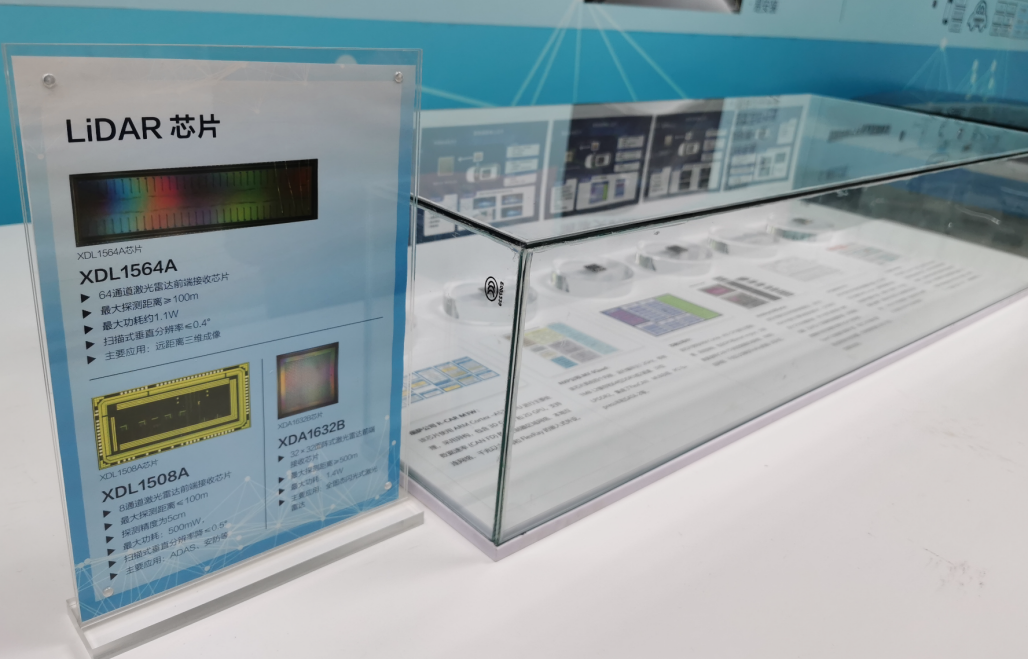
Various new materials that enhance the lightweight and safety of automobiles:

We even saw the core components of the fuel cell system:
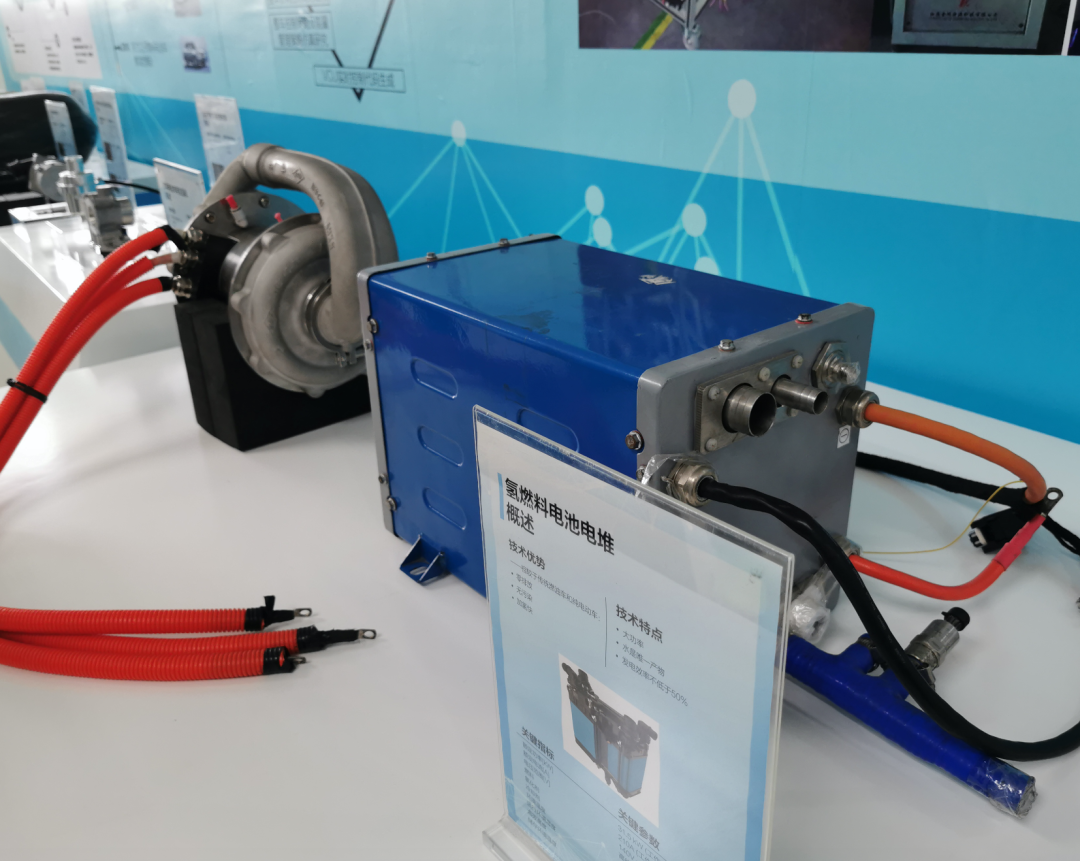
Because there are too many projects, we can only take a quick look and don’t have the opportunity to understand them in depth. However, it does show that Chery is not just a car company focusing on traditional technologies. It has also made extensive deployments in various emerging technological fields, even those that are unexpectedly advanced, although the progress of research and development is unknown.
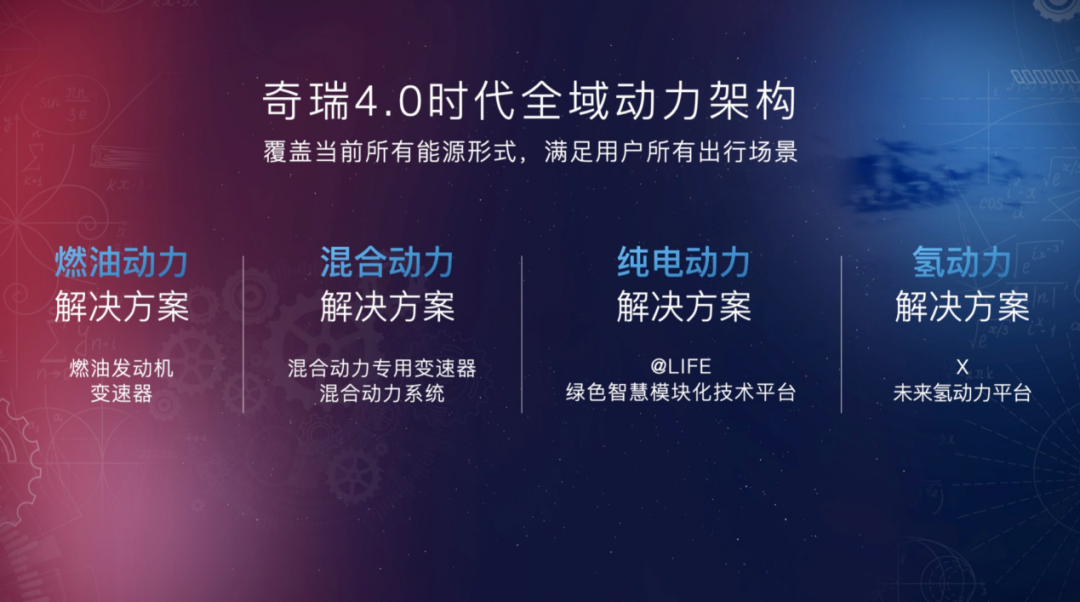
In fact, at the Shanghai Auto Show more than a month ago, Chery announced its 4.0 era global power architecture, which no longer includes only one or a few engines, but encompasses a series of new powertrain types such as pure fuel, hybrid, pure electric, and hydrogen power.
The one that interests me the most is the hybrid configuration DHT, which is claimed to be “the first and only Chinese brand with a dual-motor drive”. It has 9 working modes, 11 combination gears, and can provide super-smooth driving experience through TSD dual-axis drive.
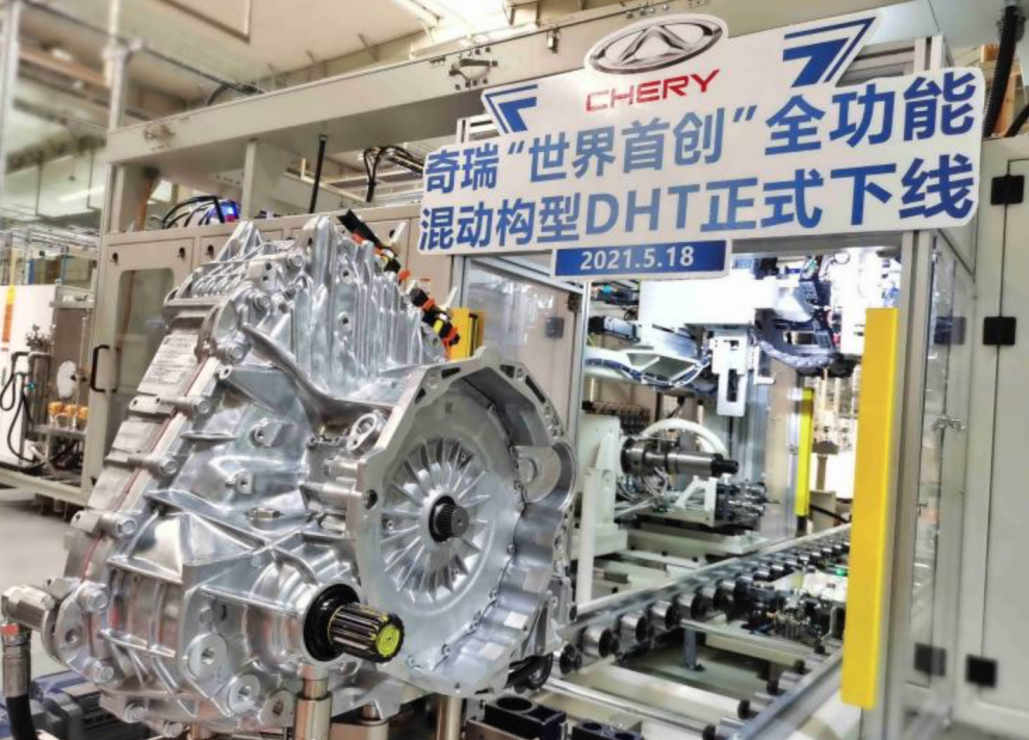 According to Chery, the level of technology in this hybrid configuration is “higher than that of similar foreign products, with better power indicators and lower fuel consumption indicators.” If you are not familiar with Chery, you might think these are just empty boasts. However, if you know about the performance of Chery’s 1.6T and 2.0T engines, you will understand that if Chery says these things, it is very likely to be true.
According to Chery, the level of technology in this hybrid configuration is “higher than that of similar foreign products, with better power indicators and lower fuel consumption indicators.” If you are not familiar with Chery, you might think these are just empty boasts. However, if you know about the performance of Chery’s 1.6T and 2.0T engines, you will understand that if Chery says these things, it is very likely to be true.
Chery’s Tiggo 8 PLUS PHEV will be the first model to be equipped with this DHT system. Let’s take a look at the basic performance parameters:
Acceleration from 0-100 km/h in no more than 5 seconds, fuel consumption of less than 5 liters per 100 kilometers in electric mode, pure electric range of more than 100 kilometers, and a full-tank/full-charge NEDC range of more than 1,000 kilometers.
What does this mean? Toyota’s brand-new Hanlanda, with its standard hybrid system, has an official fuel consumption of 6.1 liters per 100 kilometers across the board, while the Tiggo 8 PLUS PHEV is a plug-in hybrid vehicle with a large power battery. If it can really achieve a fuel consumption of around 5 liters per 100 kilometers in electric mode, then it has truly surpassed the world-class level of the joint venture camp.
Summary:
I have participated in many Chery activities and test-driven many Chery models before. The surprise that the chassis quality and handling performance of Arrizo 5 brought me many years ago is still fresh in my memory. And in the many years that followed, Chery’s advantage in chassis quality was still not well known to many people.
Chery’s Tiggo 8, which is equipped with a 1.6T engine, has been on the market for two years now. This engine, which relies on independent research and development by Chinese brands and is comparable to joint venture models in terms of power and fuel consumption, is still not well known for its true achievements.
In the past few years, Chery’s sales have not been outstanding, but no matter how the market changes, there is always a group of supporters who firmly support Chery’s development. Engineers may seem low-key in some scenarios, but truly outstanding engineers will always meet partners who share the same passion and can see the rigor, perfection, persistence, and dedication behind the ordinary appearance.
This article is a translation by ChatGPT of a Chinese report from 42HOW. If you have any questions about it, please email bd@42how.com.
